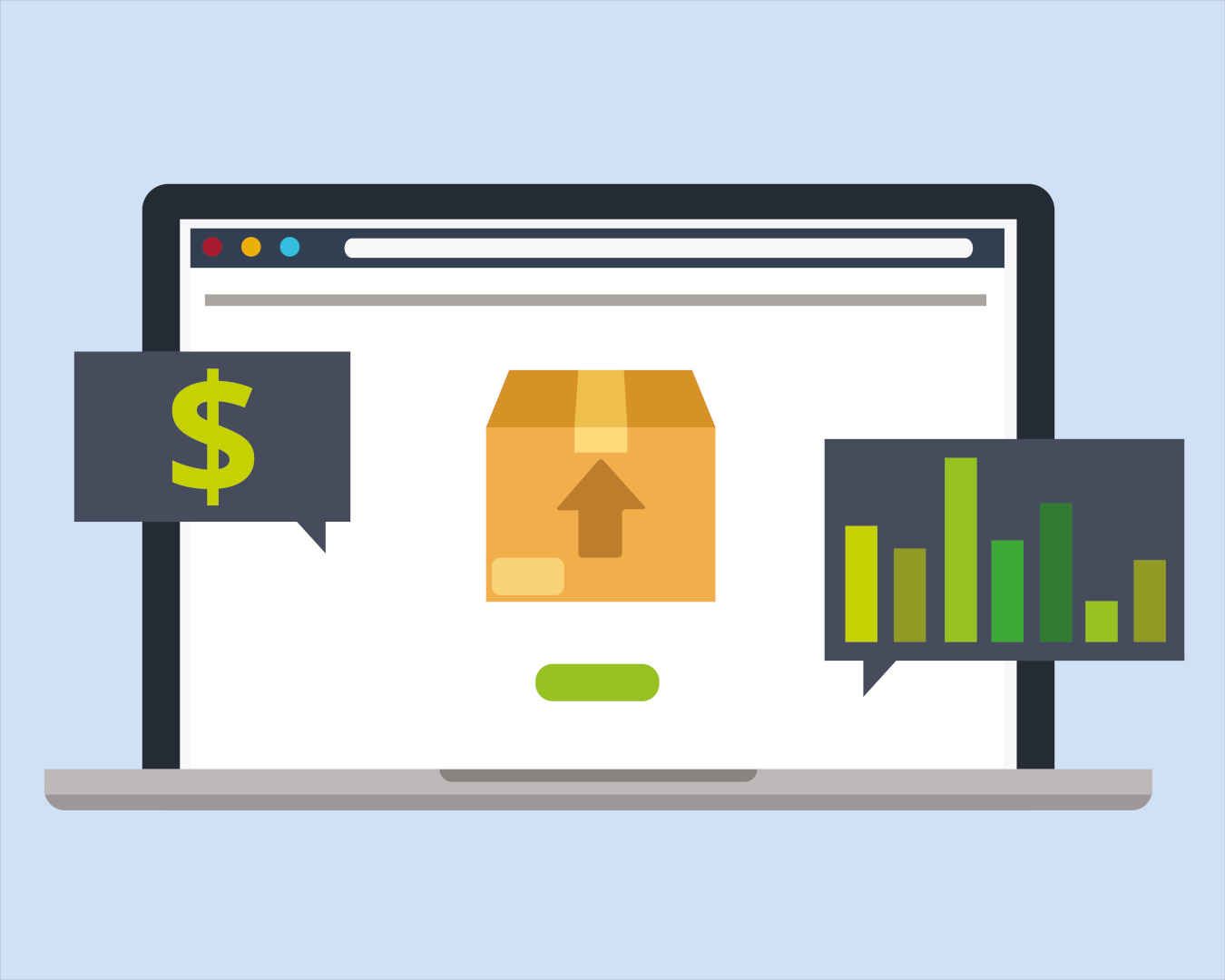How Fashion Retailers Can Reduce Return Rates on Shopify
We want to eliminate the frustration of returns by offering some tips and specific tools that fashion retailers can use to reduce their return rates on shopify.

Returns are one of those common but frustrating issues online fashion retailers have to deal with. Traditional shopping experiences allow customers to try different options or sizes, giving them a chance to see what it looks like, how it fits, and if the reality lives up to the image they had established in their head.
Online shopping takes all that away.
Shopify users know this problem well. The massive ecommerce platform recently reported that a quarter of consumers return 5% to 15% of whatever they buy online. It’s probably no surprise that online retailers take a bigger hit on returns than brick-and-mortars, with 20% of items returned compared to 9%. With apparel and footwear ranking among the top categories for returns, fashion retailers have it especially hard.
As much as returns are simply part of the industry, there are some creative ways to reduce return rates. We’ve gathered a few tips and specific tools fashion retailers can use to do just that.
Know Why Customers Return Products
One way to reduce returns is by finding out why your customers return items in the first place, and brands have a few ways to go about this. You can take the direct route by reaching out to your customers for feedback. Ask them what they didn’t like or why they returned the item, study the data for common trends or concerns, and adjust accordingly.
Getting feedback this way won’t come easy. The standard process for dealing with returns through Shopify usually entails the customer initiating the return, receiving instructions from the retailer, and then sending the product back. Customers may not want to provide any additional information beyond that.
Brands can get ahead of this problem by incorporating a feedback form as an early part of the process by having them fill out a form in the initiation stage. Using apps like Typeform, fashion retailers can create simple forms for their customers to fill out as part of their return process.
Shopify users can also use apps like Returnly or Return Magic to make gathering data more seamless. These tools help brands track return data and identify consistent issues their customers face. Once you have this information, you can create a plan to solve these issues.
Fashion retailers may also look beyond their immediate context to find larger return trends in the industry. Recent data shows a few consistent themes. In the fashion industry, 72% of returns come down to the customer’s preference. Characteristics like size, fit, and style dominate.
Here’s a more comprehensive list from the research:
- Size too small: 30%
- Size too large: 22%
- Changed my mind: 12%
- Style: 8%
- Not as described: 5%
- Defective: 5%
- Other or not specified: 18%
Some of these items are unavoidable. When a customer doesn’t specify the problem, it can be challenging to know how you can fix it. When someone accidentally ordered a small when they wanted a large, there’s nothing the company can do, but retail brands can address some of these issues head-on. No matter where it comes from, data provides brands insights that identify areas to improve.
Provide High-Quality Visuals on Your Product Page
The data above shows that nearly three out of four customers return fashion products because something didn’t meet their expectations. By offering high quality, visuals and product renderings on the product page, online retailers can help consumers set more realistic expectations.
This will probably include going beyond simple images of the product with nice descriptions. Incorporating images with people actually wearing the item will give consumers a more realistic idea of how it fits and looks on a real person. Adding an option to see the product with multiple colors can help give them a fuller picture as well.
There are a handful of Shopify apps that help you improve your product page. A tool like Social Photos allows you to curate photos shared by past customers wearing the item so potential customers can get an idea of how it looks on multiple body types. Shop the Look gives customers a chance to see how a complete outfit looks together, making it easier for them to make a more informed choice. Augmented reality is also showing up in ecommerce as well, with virtual try-on apps becoming popular for jewelry and other accessories. Other apps like levAr’s 3D and Augmented Reality Product Viewer can give shoppers a 3D rendering of the product, giving them a better sense of its overall look from different angles.
Repurpose Negative Feedback to Reposition Your Products
Consistent negative feedback never feels good, but fashion retailers can use customer comments and unmet expectations as a means to reposition their products.
Consider this example: an online store regularly receives returns for a specific shirt. The feedback indicates that customers feel the shirt is too baggy for their liking. You can either continue to sell the product as is and accept the returns as they come, or you can try to do something to adjust.
One customer’s idea of baggy is just another customer’s vision for “loose fit.” It may not work well for those looking to flaunt their muscles, but could it be a shirt for more casual summer days? Instead of having images of a person out on the town, could they be relaxing comfortably around a fire with friends? Could you include copywriting that describes the shirt as “leisure wear” or “casual top”?
The negative feedback doesn’t have to be the end for the product. The comments might just provide you with some fresh ideas to reposition it.
Consider Incorporating a Customer-centric Return Policy
The average Shopify users return policy gives customers a 28-30 day window to return products. That’s pretty standard for the retail industry as a whole, but following this standard creates unique challenges for ecommerce brands.
The urgency puts pressure on the customer to make a decision, and when in doubt, they’re likely to just go ahead and make the return, especially because of the extra steps involved with returning from an online business like shipping the package back.
ReturnLogic, a Shopify app that helps users manage their returns, recommends brands adopt a more customer-centric return policy, one that extends that return window to 45 or even 90 days. While this probably feels counter-intuitive, ReturnLogic points to something called the “the endowment effect” to back up their claim.
The endowment effect basically states that consumers grow more attached to their items as time goes on, meaning they will be less likely to return them. Researchers from the University of Texas at Dallas brought this up in a study they did on return policies and consumer behavior. They found that an extended return window makes a return less likely than shorter policies. One researcher summarizes the findings: “Since [the customers] don’t feel pressure to take it right back to the store, they kind of sit with it and live with it and say, ‘Well it’s not that bad.”
Not only does this policy help reduce return rates, but it also makes your customers feel more confident when making a purchase. The research shows that policies like this actually increased overall sales while also reducing the return rates. The policy boosts the customers’ confidence. They feel the freedom of a longer window, even if they are not likely to utilize it. It’s a simple move that works out in the favor of both the customer and the retailer.
Think Beyond Return Rates
Returns are a normal part of the fashion retail industry. They’re never going to go away completely. You might never bring your return rates to zero, but there are simple practical steps you can take to bring them down.
The steps we outlined above can help you reduce returns on Shopify, but they have value beyond that, too. Gathering, analyzing, and reacting to customer feedback will enable you to better understand your customers in general. Optimizing your product page will allow you to provide customers with better purchasing experiences. Retargeting items can bring new life to seemingly dull products, and a customer-centric return policy can instill buying confidence in your customers. All this becomes possible as you simultaneously reduce return rates.
Want more ideas for how to optimize your fashion retail business on Shopify? Subscribe to our newsletter, where we send out tips, tricks, trends, and best practices for fashion retailers on Shopify.
